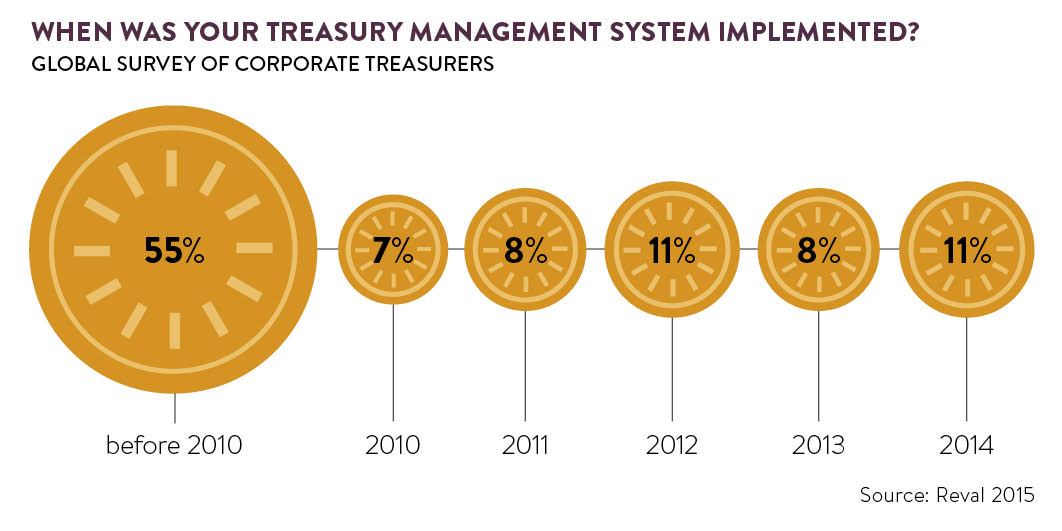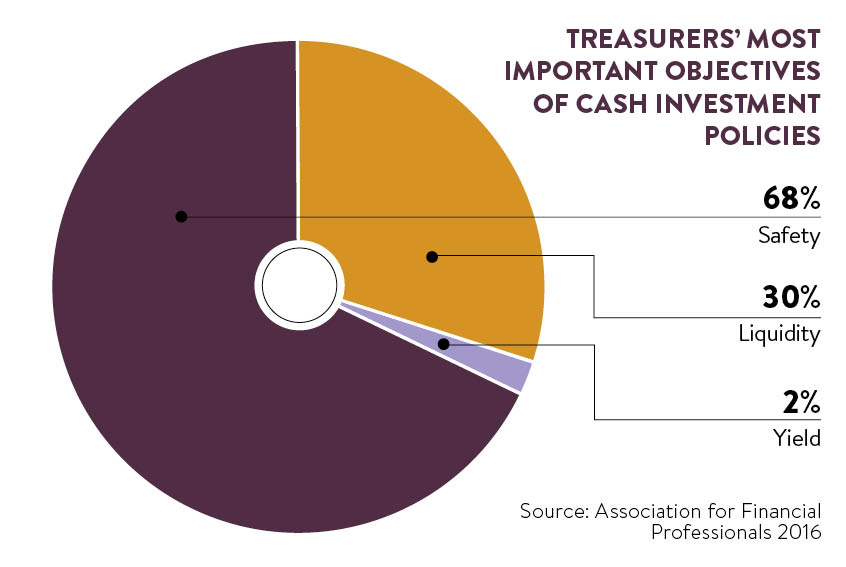The corporate treasury has quietly become one of the most essential elements of any business operation, extending its reach and remit in the wake of the global financial crisis. With this increased responsibility has come the need for effective technologies, which can help it not only stay on top of trends, but anticipate potential changes and use them to deliver competitive advantage.
One area is that of currency. Organisations that can correctly forecast trends and devise strategies, such as hedging, to mitigate risk can not only avoid losing large sums on fluctuating exchange rates, but also improve their bottom line and outperform rivals.
“Any company that operates internationally is subject to the highs and lows of currency swings,” says Antonio Rami, chief operating officer and co-founder of fintech company Kantox. “This has been even more apparent in the wake of the Brexit vote and the subsequent currency volatility.
“Corporate treasurers have become their company’s commanders of foreign exchange, currency hedging and international payments, and relying on old, manual and discretionary hedging techniques simply won’t cut it.”
Regulatory requirements
Automated systems that can create a tailored policy are now essential, he adds, whether that’s through platforms which integrate with an existing enterprise resource planning system or a treasury management system.
Such packages can also help treasury functions cope with the ever-increasing volume of regulatory requirements that have emerged since the financial crash. “For multinational corporates, which now face multiple new legislations in countries all over the world, it is close to impossible to stay compliant without a reliable technology provider that can automate reporting and stay current with local legislation changes,” says Henrik Crone, senior director in the treasury practice at VirtusaPolaris.
Derivative trade reporting is a good example, with organisations required to comply with the Dodd-Frank Act in the United States or the European Market Infrastructure Regulation. “To stay compliant, the treasurer needs to have staff who are knowledgeable about all of these regulations and who can monitor all changes throughout the world as they happen, while also reporting accurately on a daily basis,” he says. “This is when proper automated technology is needed.”

Smart data
Technology is helping improve the efficiency of treasury departments, particularly as more corporate treasurers take on responsibility for strategic financial analysis, as revealed in a survey by cloud provider Kyriba, which reported an 11 per cent year-on-year increase in the number of treasurers saying this was now a core part of their job.
“This means teams can no longer afford to live with highly manual data collations and analysis, and are looking to automate and drive further value from the data collected, as well as from their transaction banks,” says Alan Vear, director of Brickendon Consulting. Despite this, however, many functions still rely on spreadsheets, he adds.
Effective use of technology should enable businesses to have better control of cash flow and minimise exposure to bad debt
Cloud computing is having an impact here, making it easier for organisations to share data across the enterprise; something AXA UK has deployed through Anaplan’s technology. “Gathering financial data across an enterprise has historically involved combining hundreds of Excel spreadsheets from around the business,” says Dominic Ludden, head of group expenses at AXA UK. “Often these processes will require huge man-hours and the support of third-party companies, but the development of cloud computing is changing all this, offering a truly collaborative method of storing and presenting vast amounts of information.
“The core benefits AXA UK has derived from the cloud are speed and efficiency. Processes that had until recently taken between six and eight weeks to carry out are suddenly being completed within just a few days.”

Cash flow control
Effective use of technology should enable businesses to have better control of cash flow, ensuring the company has sufficient cash resources and lower days sales outstanding – the average time it takes to collect revenue after a sale – minimising exposure to bad debt.
“Technology that connects multiple datasets together, for instance customer data, credit bureau data, web or social and other third-party content, provides the perfect foundational platform for effective and efficient decision-making,” says Tim Vine, leader of risk products at Dun & Bradstreet.
“For example, credit limits can be set based on previous trading history, industry and peer performance, and overall financial stability. Additionally, it can be used to prioritise collections not simply based on size and age of debt, but also the risk of business failure and capacity to pay.” But he also stresses that human intervention will still be needed to make the final call on business decisions.
This can extend to offering suppliers financial arrangements under which a third party will provide credit based on the buying organisation’s credit rating; a process known as supply chain finance. From the treasurer’s point of view, this allows them to extend their own payment terms while ensuring suppliers are not put in jeopardy.
“Platforms which seamlessly link with existing accounting software vastly simplify installation, operation and reporting,” says Rob Barnes, managing director of PrimeRevenue Capital Management. “Allied with fast and accurate rating of invoices, and total control over invoice management via simple and customisable dashboards, this is now a practical reality for many companies.”
Technology is also helping organisations and treasury functions stay on top of expenses; a traditional headache for businesses of all sizes. Nationwide, for instance, recently implemented a new system which allows its 18,000 staff to photograph receipts using the camera on their mobile phone and then submit these through an app.
“By streamlining our expense process, we’ve been able to reduce errors and improve control and quality of receipts,” says Muir Mathieson, divisional director of financial control and information management at Nationwide. “Our employees are happier because the process is much simpler, approval is easier and they get reimbursed faster. And our auditors are delighted as it gives them better visibility of spend for management, group tax and ultimately HMRC.” The Neo Expense system from KDS now processes around 5,000 claims each month from Nationwide staff.
Further changes are on the horizon. Mr Vear foresees the use of both blockchain technology, which already underpins digital currency, and artificial intelligence on the back of advances in computing power, to examine market data and produce complex financial forecasts. “Banks and fintechs are increasingly joining forces to leverage new technologies and channels much more quickly than traditional banking practices have allowed in the past,” he says. “This capability will increasingly find a home in the corporate treasurer’s armoury.”
